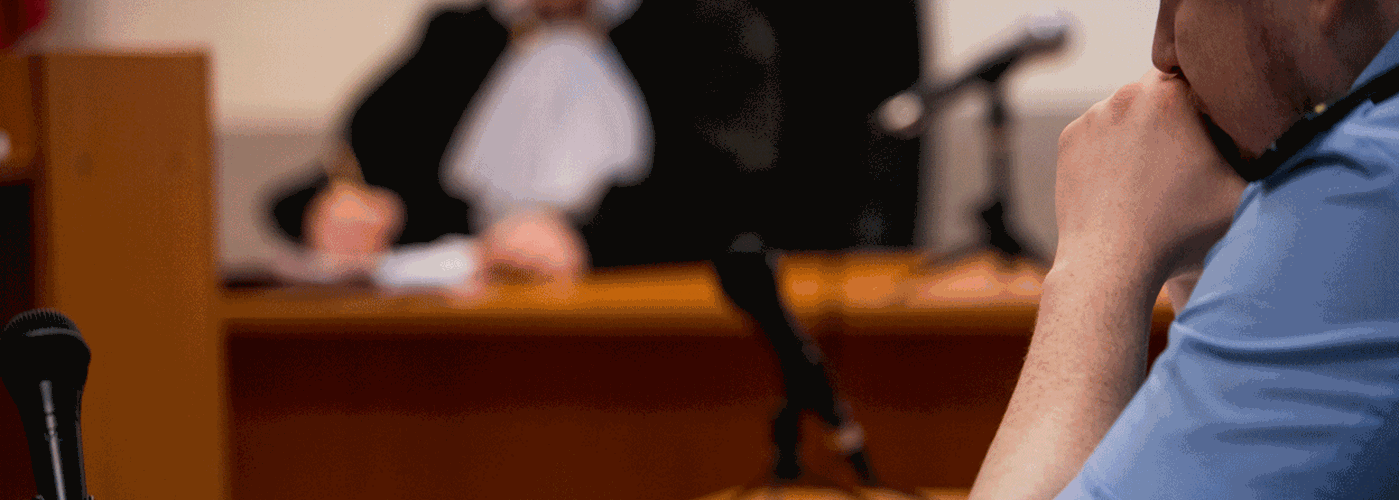
For anyone who has attended my concealed carry class, you may have heard me discuss a real-life story about a local Albuquerque man named Charles Baca. I use this scenario as an example to review the four rules for the use of deadly force.
What happened during the Albuquerque protest in 2020?
Let’s review some of the facts about this shooting, based on video captured that day. Charles Baca was involved in a shooting near Old Town Albuquerque in the summer of 2020 during a protest to remove statues.
Statues in the area were being torn down and destroyed by civilians, not city or state officials, at least not this particular day. There is video footage showing elevated aggression and manhandling in the crowd. As this protest turned violent with words and weapons, Charles shot his personal firearm multiple times.
When Charles was arrested, he stated he felt his life was in danger. Video footage shows he was trying to run away from the scene before he pulled out his gun. In the video, you can see he shoots pepper spray to defend himself before taking out his weapon.
In this next video, you can clearly see, he was attacked by someone with a skateboard. He tried to escape and could not. At one point, three people are preventing him from leaving and he yanks a woman to the ground.
The Four Rules for the Use of Deadly Force
I like to use this example to review the events that took place and teach my students how to avoid becoming a victim if they are ever in a similar situation. First, let's review the Four Rules for the Use of Deadly Force which is clearly outlined during concealed carry training courses:
- You can only use deadly force when you are in fear of grave bodily harm or death to you or someone around you.
- You must be the innocent victim.
- There are no lessor means to stop the threat.
- There is no escape available.
Quick disclaimer: I am not here to determine innocence, guilt, or establish facts that support things one way or the other. But let’s see how the four rules apply to this situation.
Was his life in danger?
Did Baca feel his life was in danger? I’ll quickly put myself in his position. If I was being attacked by three people, two of which have weapons, and I was already hit on the head with a skateboard, I would feel my life was in danger. So, let's say yes for rule number one.
Did he have lessor means to stop the threat?
Did Baca have a lessor means to stop the threat? According to the video, he had pepper spray that was used, but it did not stop the threat. So, yes again for rule number three. He used pepper spray, but it failed to remove the threat.
Could he have escaped?
Did he have an escape route? Kind of. But did he take it? According to the video, he is clearly seen moving away from the statues and crowds but at least four people follow and at least three of them attacked him. So no, he did not have an escape route at the time he pulled his gun. So up to now, we can say, rather clearly, that he met three of four rules. He was in fear of his life, he could not escape, and he had no lessor means to stop the threat.
Was he an innocent victim?
What about the innocent victim part? If he hadn’t yanked a woman to the ground, Baca would have clearly met the remaining Rule of Use of Deadly Force and there would be little justification for charging him for a crime. However, as you can see in the video, Baca does throw a woman to the ground. That act has a clear and visible sign that tells law enforcement, judges, and potential jurors that he is not a completely innocent victim in this shooting.
Charles Baca was released from jail back in June of 2020, but he is still facing charges and has been restricted from carrying firearms and attending protests. Again, I am not here to defend nor convict Baca, I just want to study the case for others to learn and understand.
What can we learn from reviewing this case?
As a firearms instructor, it is easy for me to say, do this, don't do this, and you will be fine. I was not in Charles Baca's mind when he decided to pull his gun, I was not at the event, and I am not going to comment on my thoughts, concepts, ideas, and political ideology on this subject so I cannot judge.
What I will tell you is this. As part of any shooting investigation, the police and attorneys are going to look at all of the evidence available to them. Had Charles Baca not thrown a woman to the ground, he would have met all Four Rules of Use of Deadly Force and it would have been very difficult for the prosecutors to charge him.
Always remember the Four Rules of Use of Deadly Force
The Albuquerque example makes it so clear why you must always remember the Four Rules of Use of Deadly Force. If you follow these rules, and it can be proven that you followed them, your chances of being charged in a crime for a shooting are much lower.
- You can only use deadly force when you are in fear of grave bodily harm or death to you or someone around you.
- You must be the innocent victim.
- There are no lessor means to stop the threat.
- There is no escape available.
These rules come from the USCCA's curriculum pertaining to Rules of the Use of Deadly Force. New Mexico laws concerning escape routes and stand-your-ground rules were purposely left out of this article. To learn more about the rules and laws concerning concealed carry, stand your ground in NM, and castle doctrine in NM, please attend one of our classes.
